During the afternoon hours of Tuesday, 11 January 2011, a car arrived at an unusual speed in front of a waiting crowd on the premises of the Tamale Teaching Hospital (TTH) in Ghana’s Northern region.
The government health facility, named after a regional capital ranked West Africa’s fastest-growing city, was as very busy as usual at the time.
As the strange speed of the car drew the curiosity of the crowd, the spectators fixed their gaze on the spectacle to satisfy their inquisitiveness.
What happened next grabbed their attention— and held it for a long time.
A Catholic nun, identified later as Rev. Sister Stan Theresa Mario Mumuni, came out of the vehicle as soon as it stopped at the parking space and rushed into the busy hospital building with a dying 3-week-old boy wrapped in her arms.
The baby was jerking and contracting alarmingly.
But when she arrived at the hospital’s Outpatient Department (OPD), requesting to see the doctors, she was told that a serious road auto-crash had just happened in the city and doctors were in a race against time at the emergency ward to save the lives of the victims.
“No!” she cried in front of nurses and patients at the department. “This child cannot die in my hands!”
But the OPD officials looked too helpless to help beyond what they had said and beyond what they could do as nurses.
Desperate, the Catholic holy sister did the most unthinkable. She broke the rules at the hospital to save the boy’s life.
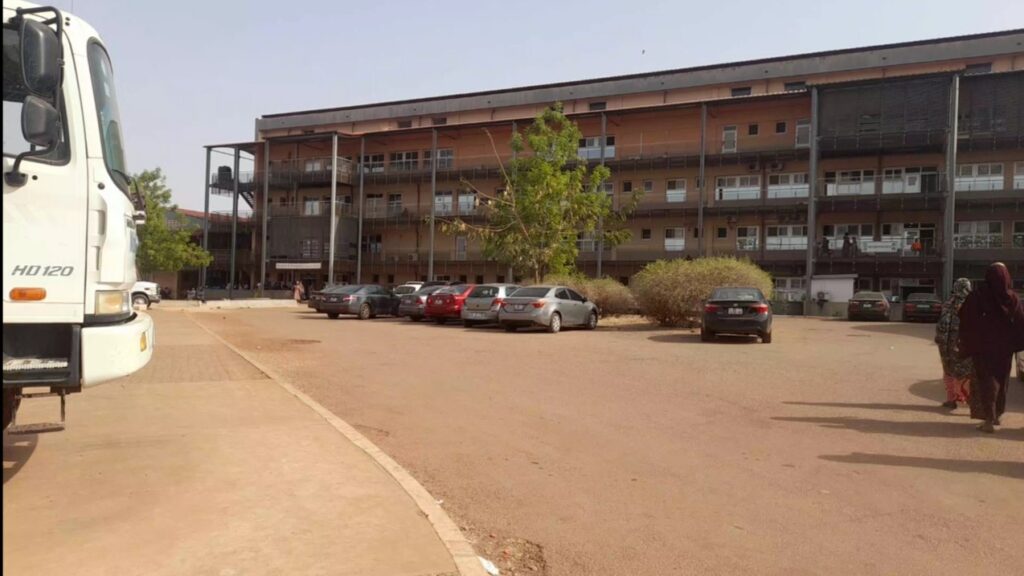
As the doctors were busy inside the emergency ward, she kicked the door to the ward very hard with her right leg, and entered the busy room with the child as the door swung wide open.
Distracted, the busy doctors turned their attention to the unexpected figure at the door. Their mouths gaped open in shock. But before they could say anything, she began to plead, intensely.
“Take, take,” she stretched out the dying boy towards them, weeping. “If he dies here, he dies with you. He can’t die with me.”
One of the doctors walked briskly to the weeping nun. He took the child from her and, together with his colleagues, attended to him immediately on the ward even as they were striving to save the auto-crash victims.
The boy came from among discarded babies
The boy had lost his mother at birth and had just been rescued kilometres away from some members of his native community, Gushegu, who wanted to kill him.
Some communities in Ghana, despite some sensitisation work reportedly being done by both state and non-governmental child-rights agencies in the north, still hold a deep-rooted belief that babies whose mothers die during childbirth and those born with diseases, deformities or disabilities are “spirit children” and should be killed.
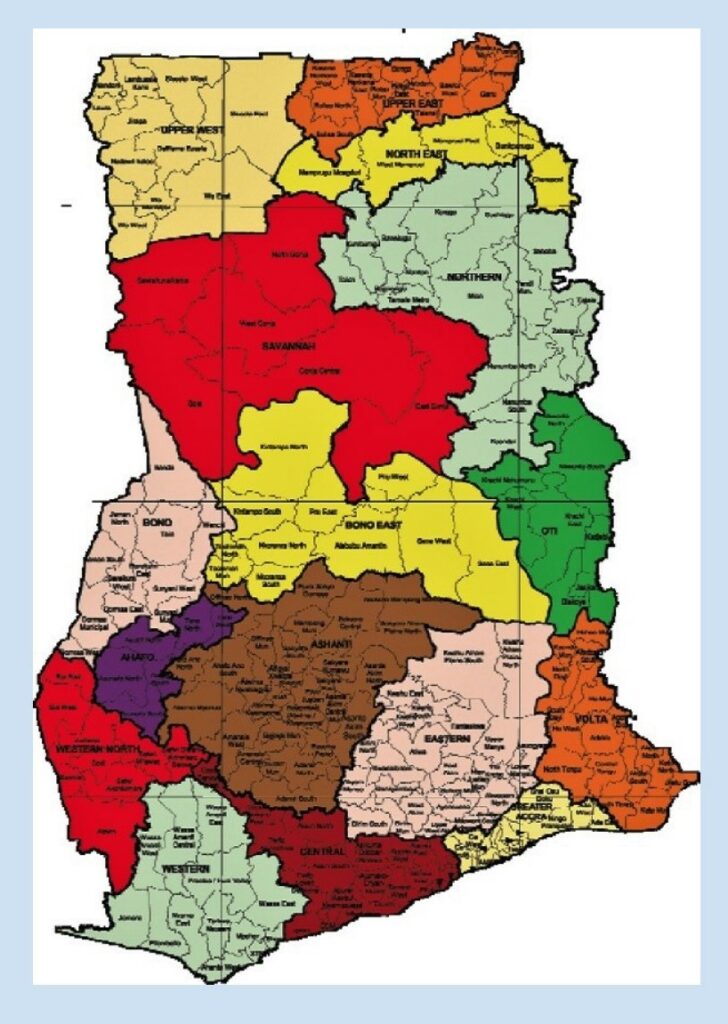
Those babies are held responsible for their parents’ deaths and for their own infirmities, and are taken to witch doctors to be executed.
The executions— which are generally done either by mixing a poisonous concoction with the children’s food, starving them to death or abandoning them in a bush where they are not likely to be found— are nonnegotiable. The parents must give the babies out to be put to death or leave the communities with the children.
It was planned that the boy would be taken to a sorcerer in his community to get rid of him after his mother’s funeral had been performed.
And while his mother’s funeral was being planned, they took him to a dark, lonely room and abandoned him there.
Already conditioned by the inherited conviction that the child was not supposed to live, they stopped short of feeding him properly. The baby was fed on milk powder to sustain him until the day they had scheduled to send him to a sorcerer for execution.
The baby’s father was not comfortable with how his son was being treated and he did not want him killed. He knew he had no say in the matter because it was a normal practice to get rid of such children. But before the day arrived, he managed to rescue the boy from the room, and took him out of the community unnoticed with the help of a woman.
The woman held the baby, sitting behind him on a motorcycle, as they rode their way out of the community on a long journey to the Nazareth Home for God’s Children in Mion, a district in the Northern region.
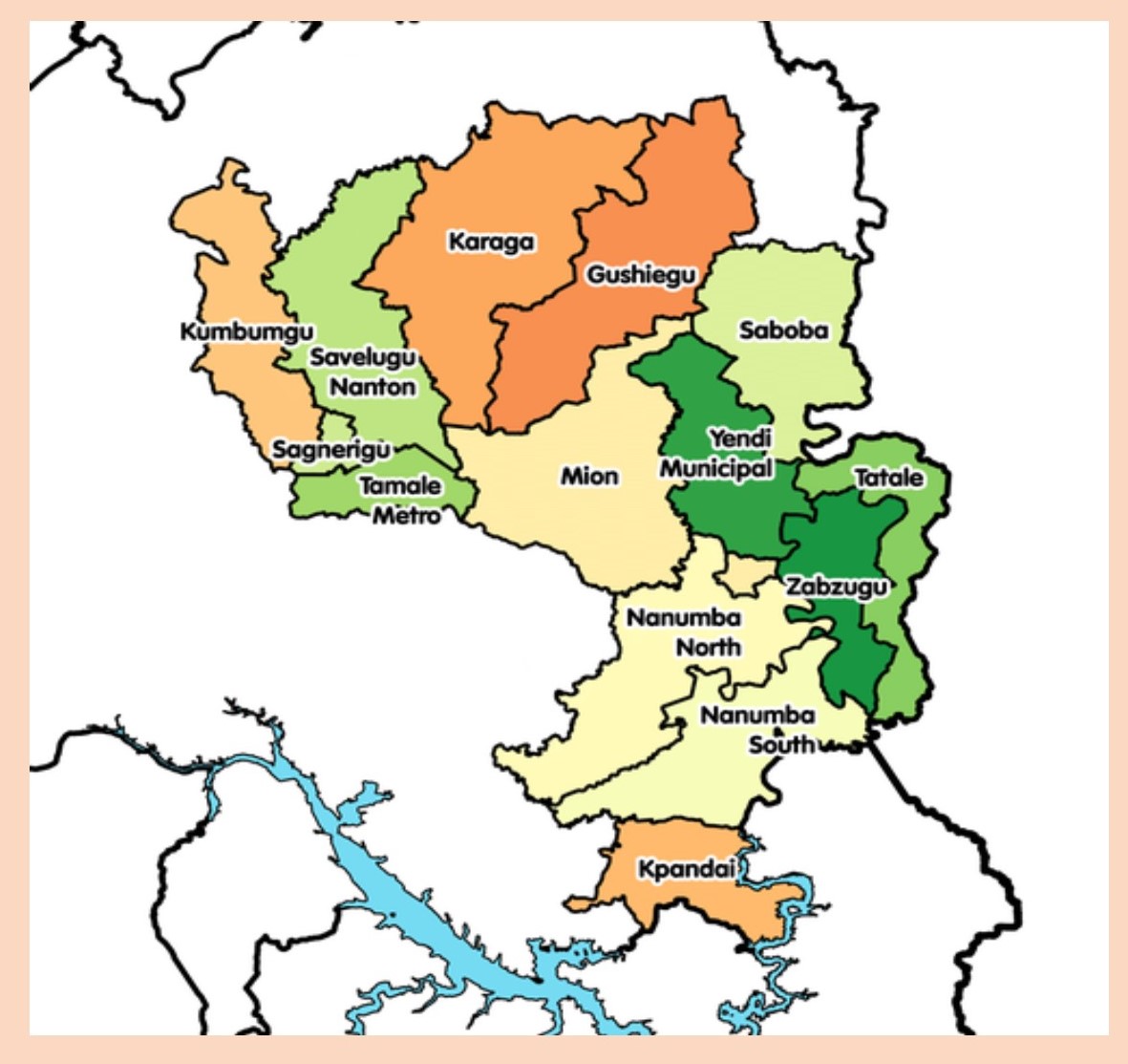
Located at Sang, Mion’s capital, the home was established by Rev. Sister Stan Theresa Mario Mumuni as a sanctuary for “spirit children” on death row, hunted and exiled from their native lands.
The boy arrived at the home convulsing terribly, having been denied good care and beastly treated for three weeks inside that lonely room.
On receiving him, the Catholic sister wasted no time in taking him to the Tamale Teaching Hospital, about one hour drive away.
Minutes after the doctors received him from the nun at the emergency ward and attended to him, the convulsion ceased. He was admitted to the hospital for further care and discharged three weeks later.
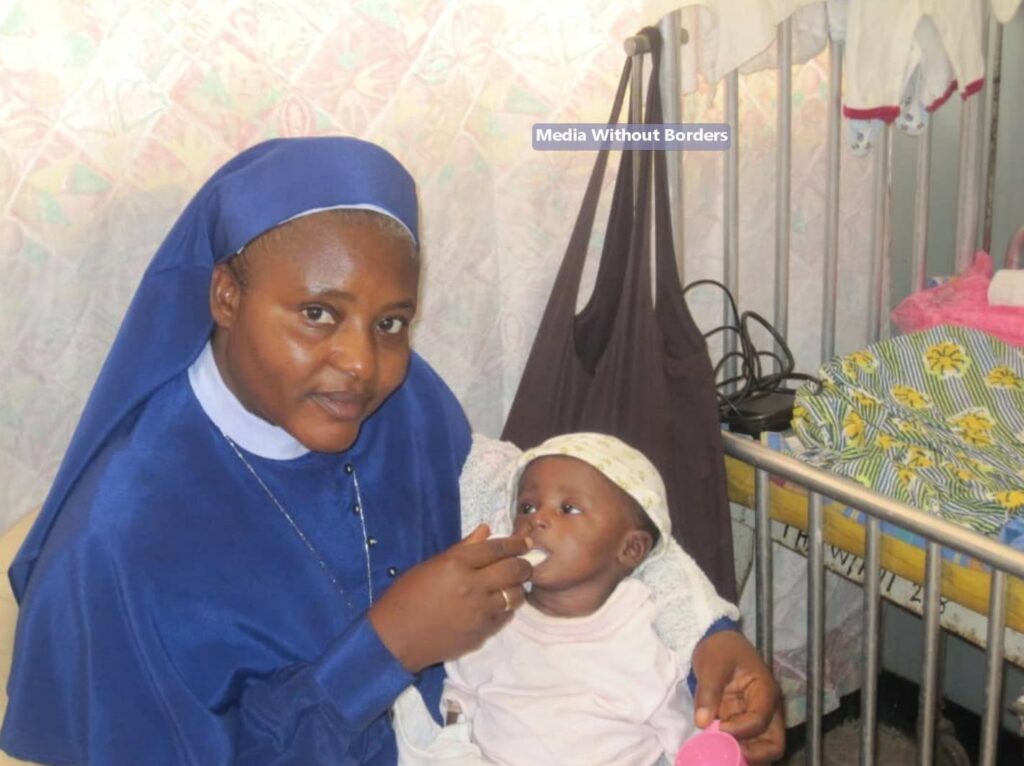
The hundreds of ‘spirit children’ at Mion sanctuary
When Media Without Borders’ Edward Adeti visited the Nazareth Home for God’s Children on Thursday, 21st December 2023, on a mission to hold the spotlight on the horrifying abuses suffered by “evil children” in the remote corners of the country, he met 120 children taking sanctuary there.
Among them was the boy who was rushed to the Tamale Teaching Hospital by the Catholic nun in 2011. He is now twelve years of age and called Gabriel.

Rev. Sister Stan Theresa Mario Mumuni, a member of the Marian Sisters of Eucharistic Love (MASEL), established the home in September, 2009, as a place of safety for children endangered by that tradition.
She did so after she learnt that countless children, labelled as witches and wizards because of their disabilities and the occurrence of their parents’ deaths at the time of their births, had been rejected and executed in their communities.
The communities, most of which are found in the northern zone of Ghana’s Eastern Corridor, include, but are not limited to, Saboba, Wangbang, Nsoja, Chamba, Sabari, Gushegu, Yendi, Wulensi, Tatale and Kintampo, a town in the Bono East region.
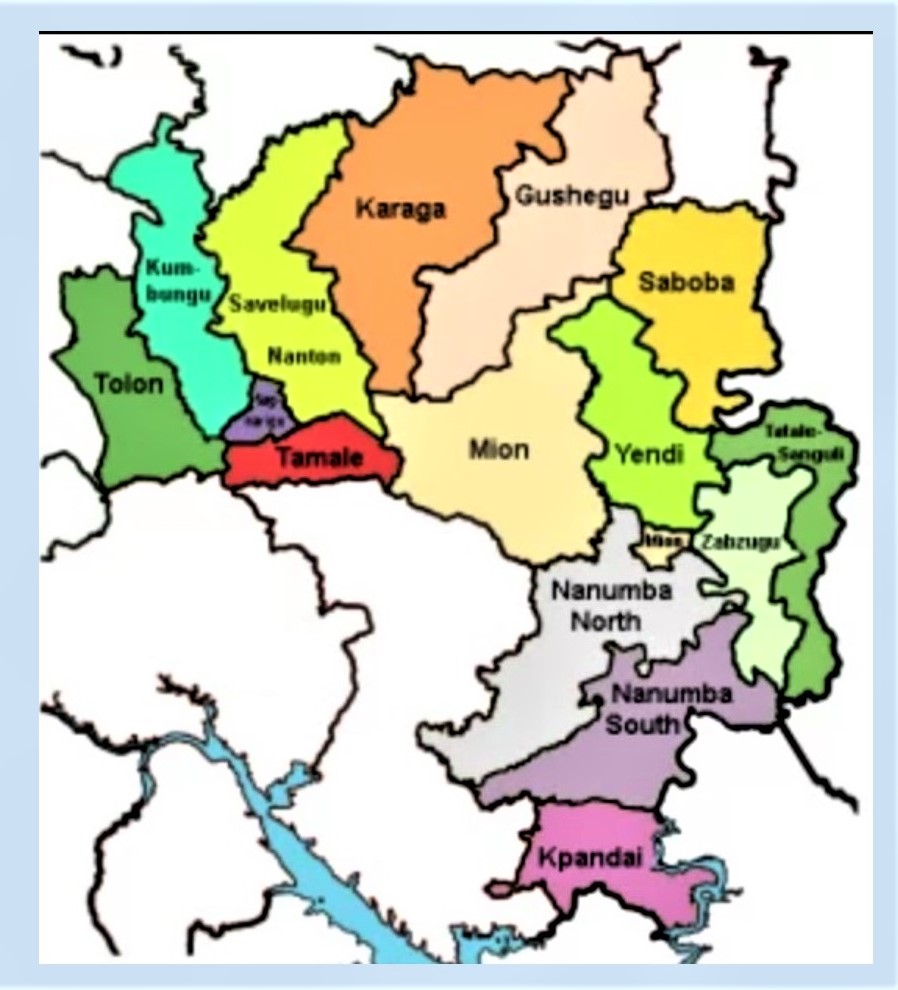
“The killings of such children moved me to come into this diocese to ask the bishop to kindly allow me to start an orphanage to rescue such children in our society,” she told Media Without Borders, referring to the Roman Catholic Bishop of Yendi at the time, Most Rev. Vincent Sowah Boi-Nai, SVD.
“And the bishop told me that it is true that they have been killing the children and he has been trying to save the children and he is unable to save them. But if I say I want to do something to save the children, he would give me permission,” she said.
The home started in a rented house, surrounded by hospitable natives of the district who were struck in sympathy with the unwanted and exiled children.
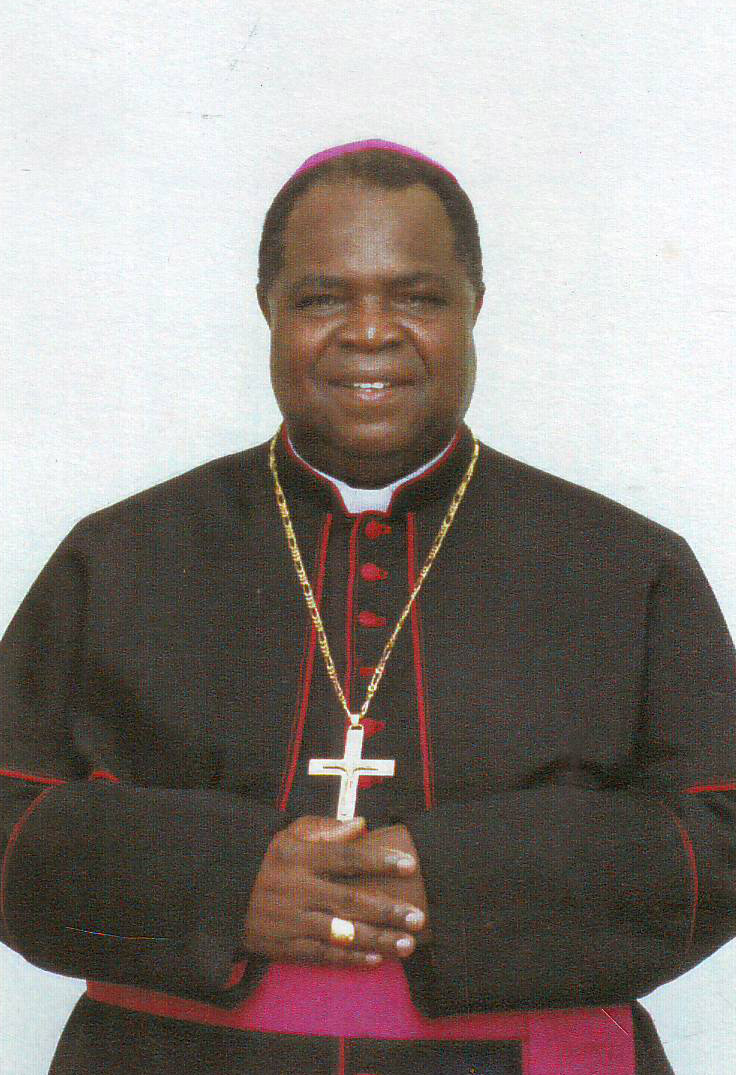
The first child to be rescued and taken to that home was Elizabeth, from Kintampo. She had a hole in her foot, which made it difficult for her to walk, and was still bedwetting at the age of 8 years. Her family judged her as evil and decided to kill her. But some good neighbours went to her rescue in time.
A day-old baby was condemned to death because one of its fingers was missing at birth, but was rescued and taken to the home before a hired witch doctor arrived for the planned execution.
Another family planned to take a child to a medicine man to dispatch him because he was born with an extra finger. But he made it to the sanctuary before his killing was due.
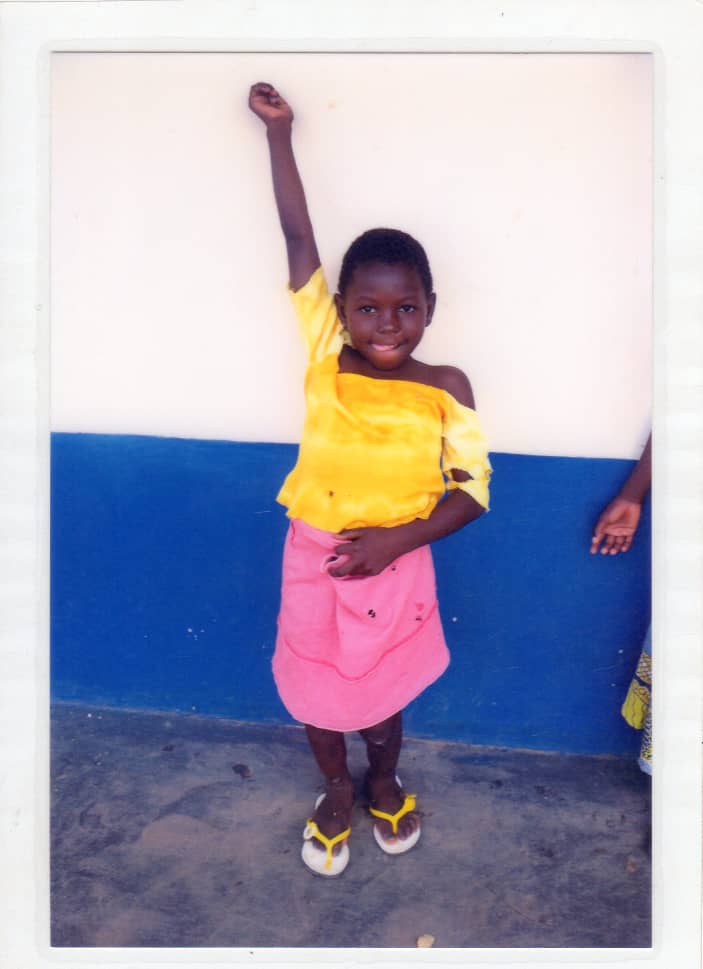
As the numbers of the rescued children steadily grew, their only refuge became too congested to contain them.
Through the assistance of Cardinal Peter Kodwo Appiah Turkson, Rev. Sister Stan got an opportunity to speak to the Italian Bishops’ Conference for help.
And Rome responded both favourably and swiftly, putting up a larger home in the district in 2014 for the children.
Some of the hundred-plus children who are currently found at the home, including some sets of good-looking twins whose ‘crimes’ were only the maternal deaths of their parents, were rescued from their native communities because of hydrocephalus, bed-wetting, autism, epilepsy, delayed walking, cerebral palsy, brain damage and delays in speech and self-care skills in what is known as Down syndrome.
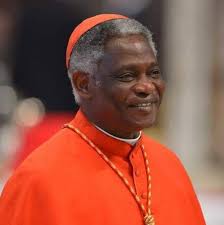
“Sometimes, before they bring the children, they are almost at the point of death,” Rev. Sister Stan told Media Without Borders. “And we have to rush the children to hospitals to see what they can still do for the children to survive and live.”
Also found at the asylum are children branded by their communities as “evil spirits in human flesh” and rejected because they are mentally ill, dumb, deaf and visually impaired. Others include children with cleft lips and such birth defects as missing arms, fingers, toes and legs and those who are dwarfed or stunted in growth.
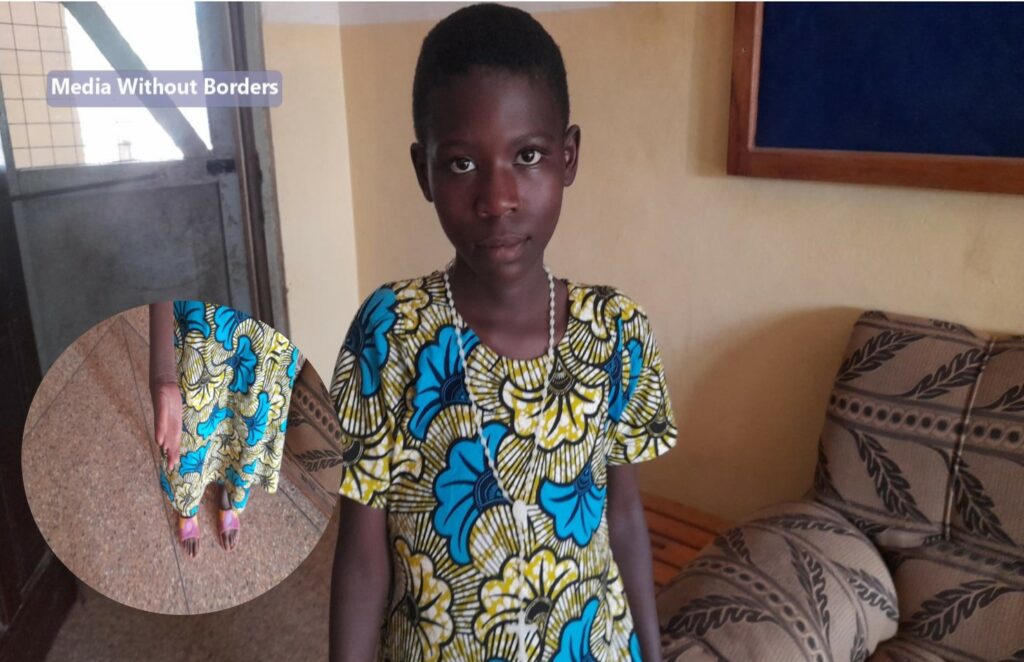
They are being rescued mostly by catechists in the communities within the large Catholic diocese and taken to the home.
Babies who arrive at the home without any names are named according to the days they arrive. And some of the babies come by their names from the coincidence of their arrivals with any of the Catholic feast days being celebrated at the time in remembrance of some events or people important to the Catholic faith.
For example, a rescued male child who arrives on June 13 is named after St. Anthony of Padua, the date being a feast day annually observed in memory of the Franciscan priest. A baby girl received without a name on August 27 is called Monica because her arrival crosses paths with the feast day dedicated to St. Monica, mother of St. Augustine. The naming goes in that order.

In some instances, parents who do not subscribe to the executions take the children to the home themselves so that they can go back and stay in their communities. But such parents are few.
“The communities put pressure on families who have children with such disabilities. You are ostracised and confronted with stigma. You feel rejected as a family because of that child. As a woman, you can’t go to the river and fetch water.
“You can’t go to the farms with others. You can’t attend any community gathering with others because they disperse as soon as they see you coming, saying this person is coming from the family that has the evil child,” said Rev. Sister Stan.

Rejected children doing great in the sanctuary
The home is not providing only shelter, clothing and food for the rejected children who are fortunate to have been rescued.
Beyond that, it is also catering for their health and education from the basic stage to the tertiary level with donations from compassionate individuals and organisations.

Some of the children have been flown to hospitals overseas to have their birth defects or disabilities treated.
One of the children, named Xavier, was taken to the home after he was saved from being killed by a hired witch doctor because of his inability to walk and speak for eleven years from birth.
In 2018, he was on top of the world when he coincidentally found himself sitting next to a former president of Ghana, John Dramani Mahama, on a flight from Tamale to Ghana’s capital, Accra, where he (Xavier) was due to proceed on a medical treatment trip to the United States of America.
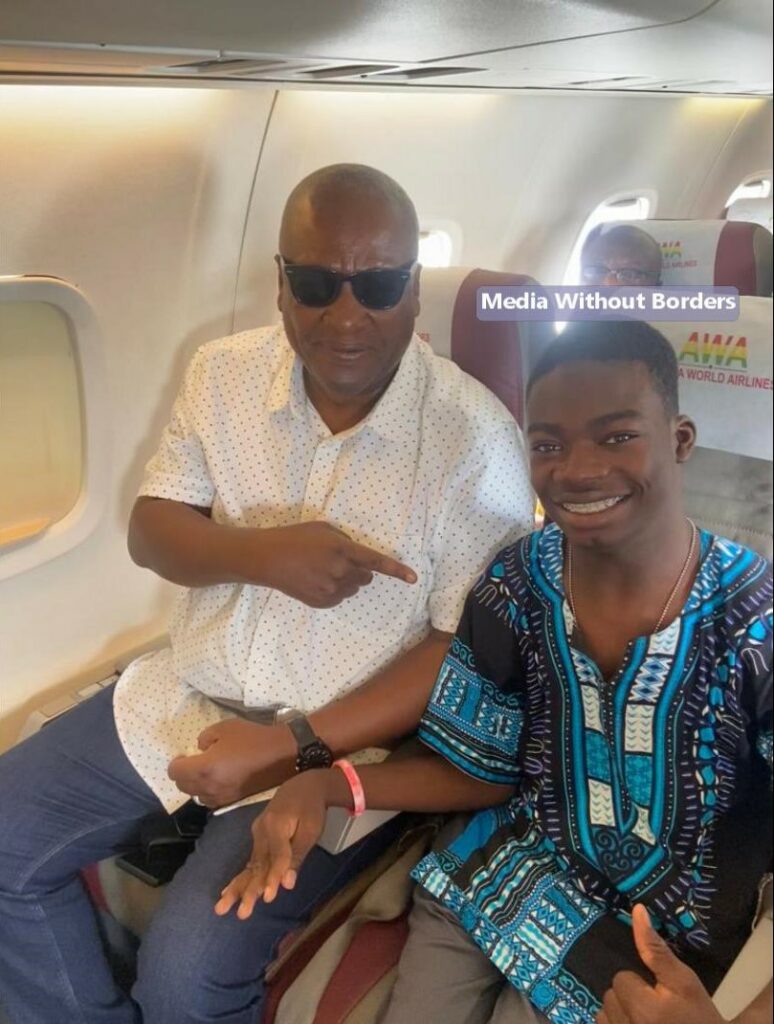
Although he still travels out of the country for a medical review, Xavier now can walk, he can talk and he can attend school— things he previously could not do for more than a decade.
Samuel, Alice and Elizabeth— three siblings bearing the family name of Abugri— were brought to the home from Kumasi, capital of the Ashanti region, after their parents died three weeks apart and were abandoned as orphans.
Raised in the sanctuary, Samuel currently is in his fourth year at the University for Development Studies (UDS) in Tamale. He was about eight years of age when he arrived at the home.
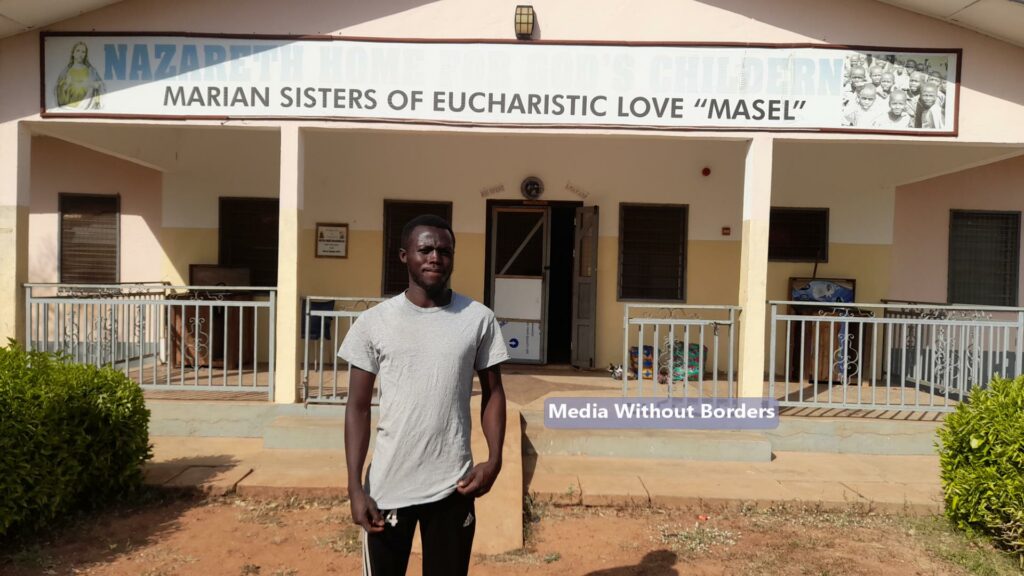
“I’m studying Natural Resources under Environmental Management and Sustainability with a plan to focus on environmental engineering,” Samuel told Media Without Borders.
“My decision is inspired by the fact that everybody is talking about Climate Change today and, with the bit of IT background that I have, I believe I will make an impact in that aspect,” he said.
His younger siblings, Alice and Elizabeth, have completed their senior-high and basic education with very good grades this year and are set to advance to the tertiary and senior-high levels respectively.


“We did not save these children just to feed them. But we also want to raise them into the great people they are meant to be as humans so that one day they will go back to their communities for people to know that they are not witches and wizards.
“They will go back to their communities tomorrow and people will know that they are not evil spirits, they are not bad omens, but children created in the image and likeness of God. And this will change the attitude of these communities towards such children in society,” said Rev. Sister Stan.
Gabriel, the dying baby who was rushed into the emergency ward by the Catholic sister in 2011, is in his second year at a junior high school in Tamale.

Also inside the sanctuary is a girl called Sarah. She was rescued and brought to the home on Saturday, 12 February 2011, from Sabari-Zabzugu, a community in the Tatale District of the Northern region.
Born with a speech disorder, some members of her community decided to have her killed when she was five years of age. She was speaking incoherently and as she struggled to verbalise her feelings and thoughts, they construed her hard-to-follow expressions as a communication with some spirits and declared her an evil child.
The 5-year-old was also accused of killing fifteen people in the community. But she has grown into a 14-year-old eloquent schoolgirl today, regarded as one of the best-performing learners at Etoile Royale International School in Tamale.
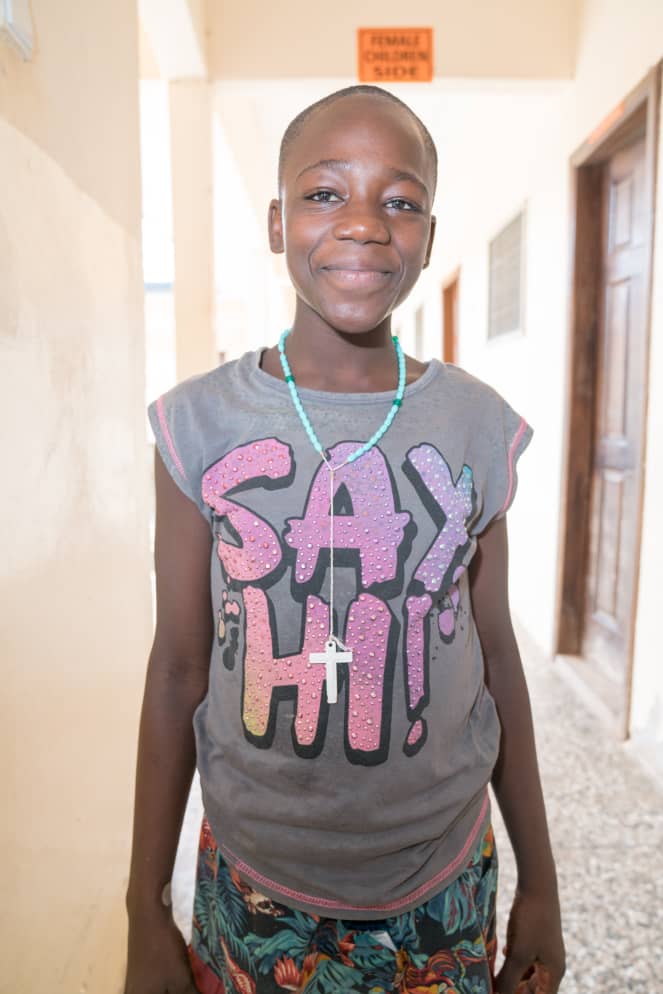
Mary and Martha, twin baby girls rejected because their mother died during childbirth, were brought from Saboba, a Ghanaian town near Togo, to the sanctuary in 2010 by their father because he did not want them killed.
Martha is at a junior high school in Tamale, performing extraordinarily in class. But Mary died.

Sorrows of a sanctuary
When Media Without Borders visited the home, a number of things the sanctuary ought to have for the sake of the children rescued from rejection, ridicule and riddance were lacking.
The fenced yard is large, featuring a beautiful and well-patronised grotto, but there is no health facility, or at least a clinic, in it.
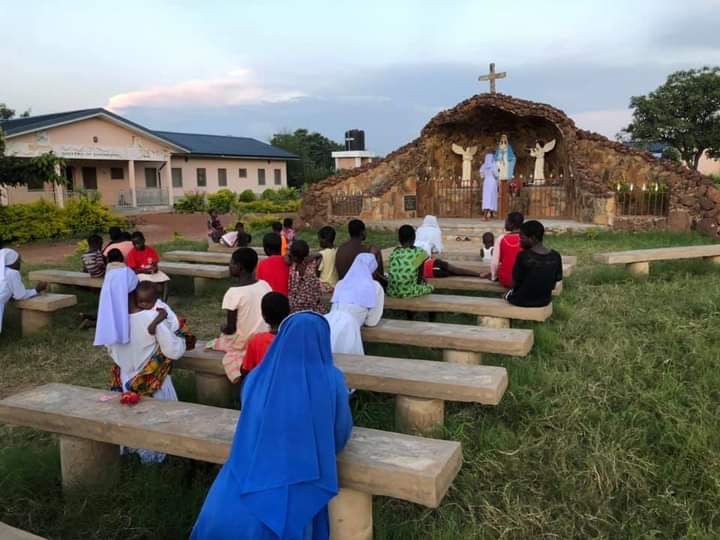
The nearest district hospital is about twenty minutes’ drive away and it takes about one hour to reach the teaching hospital in the regional capital by car.
The home is a regular, particularly at the Tamale Teaching Hospital, because the children are many and a great number of them need regular medical attention for now.
“All the time we are on the road. So, most of our money goes into fuel because of transportation every time. We can send a child to hospital today and that child will be admitted. By the time we are getting back home, another child is also there having a serious convulsion and we can’t manage it and we have to go back to the hospital.
“Sometimes we have four, five children admitted from the same home at the hospital and we, for that matter, must have five caretakers with them at the hospital. We also need medicines. There are children, particularly the seizure and the mentally disabled children, who are constantly on medication. We are not getting free medicines from health facilities to support such children,” Rev. Sister Stan said.
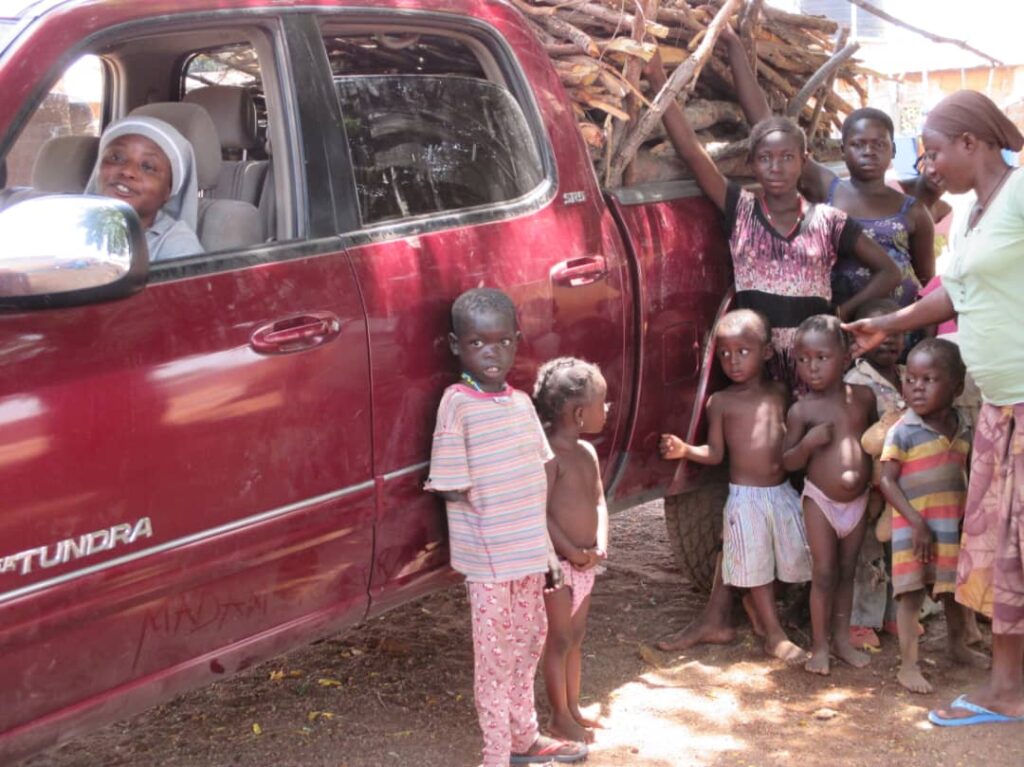
The home also does not have any recreational facilities needed to help enhance the mental and physical wellbeing of the children. The feeding, the clothing, the tuition fees and all other needs and utility expenses being catered for by the home are met with funding raised locally and internationally by the Catholic sister.
“It has not been easy. But, by the grace of God, we have been surviving. Sometimes, I have to go to Accra, Tamale, to friends I know anywhere, relatives, and beg for foodstuff to be able to come and feed these children.
“If I don’t travel to some countries, like the U.S, to go and do mission appeal, to beg publicly in the churches to be able to raise money to come back home to feed these children year by year, we cannot move ahead. As they grow, their health needs also grow, their educational needs also grow and they eat more,” she stated.
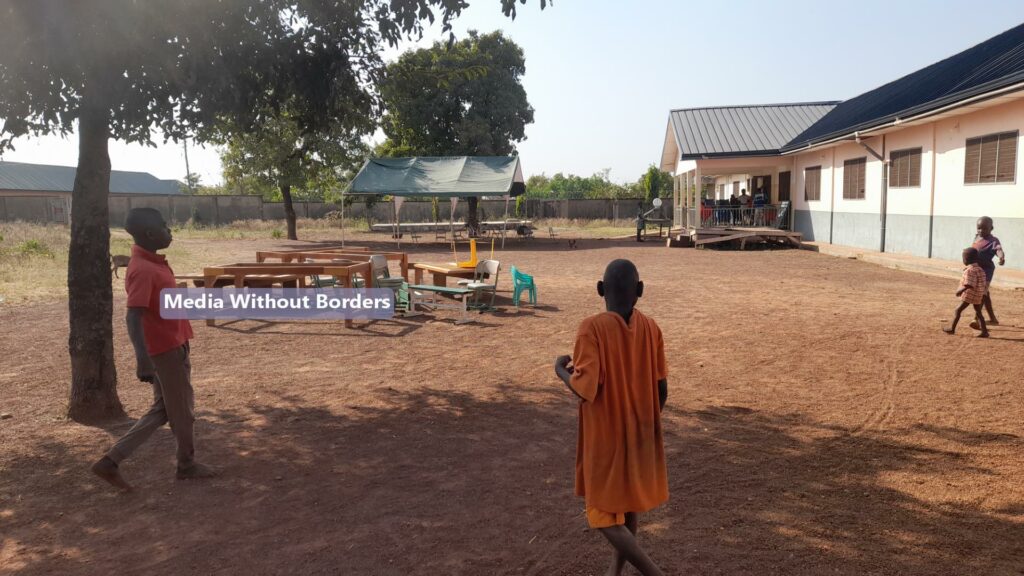
Staff shortage is another challenge the home is facing. Only few people are interested in handling such children because of the belief and the stigma associated with their situations.
“People do not want to touch these children. They think that these children are evil, they think they are bad omens and they think they are witches and wizards.
“So, to get staff to work for us is very difficult. Even though we will pay the staff, they don’t want to have anything to do with them,” stated Rev. Sister Stan.
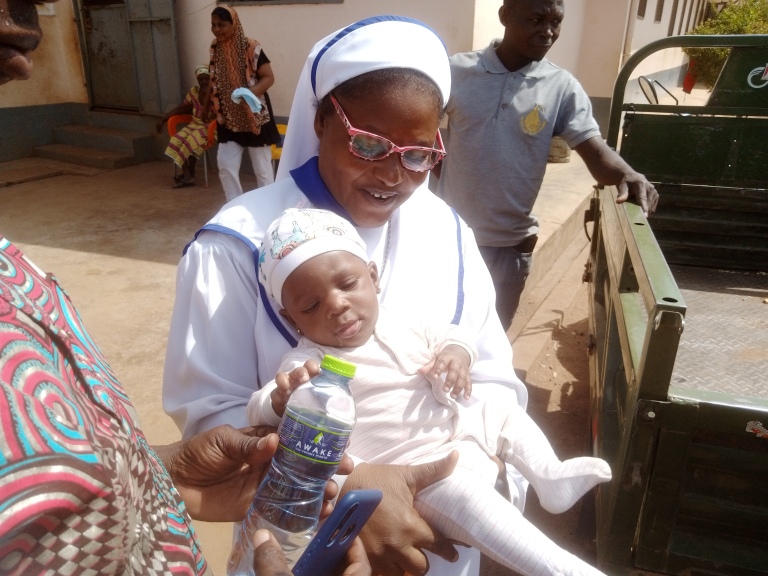

At present, the growing home has a very slim staff. The increasing burden of the children’s care currently rests more on the shoulders of the MASEL nuns. The nuns live in a nunnery that shares a wall with the home.
Experts identify “apathy toward antenatal care” as reason behind spirit-child phenomenon
When contacted, authorities at the Northern Regional Department of Children told Media Without Borders that the reported killing of children branded as evil in parts of the region had been of concern to them.
They said the department once embarked on a campaign against the practice, moving from one community to another, but the campaign hit a snag because the department ran out of resources.
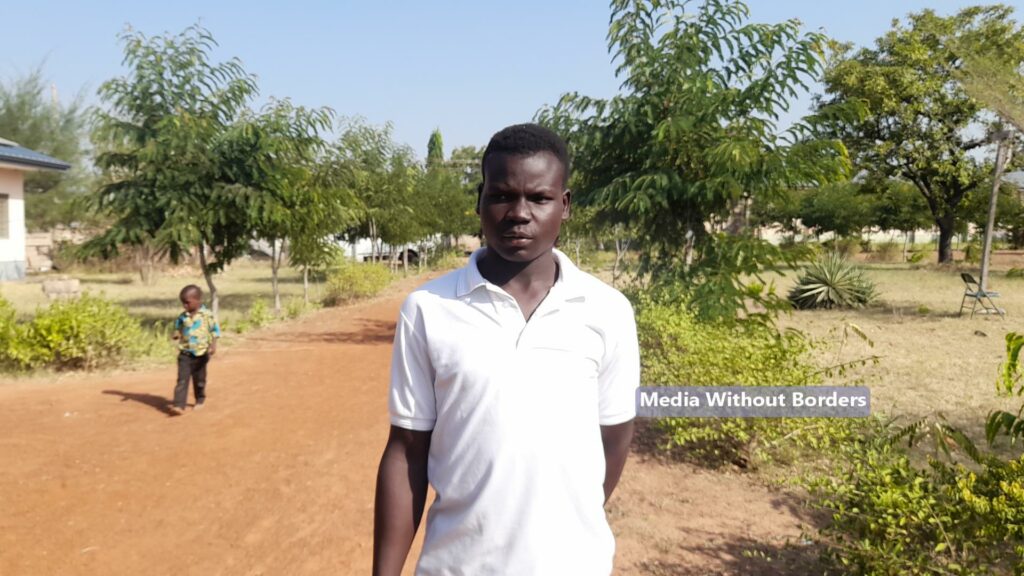
“We identified some communities in the Eastern Corridor where we decided to do community sensitisation on those children. But we couldn’t reach out to all the communities. What we did was basically what we could do.
“It’s very difficult these days to get funding to go to the communities to talk about it. The last time we did something actively on it was 2016,” said the Northern Regional Director of the Department of Children, Sanday Iddrisu.
He said the department recently cautioned a community in the region against harming children for any disability or misfortune associated with their births and urged families of such children to seek protection at the sanctuary in Mion should the need arise.
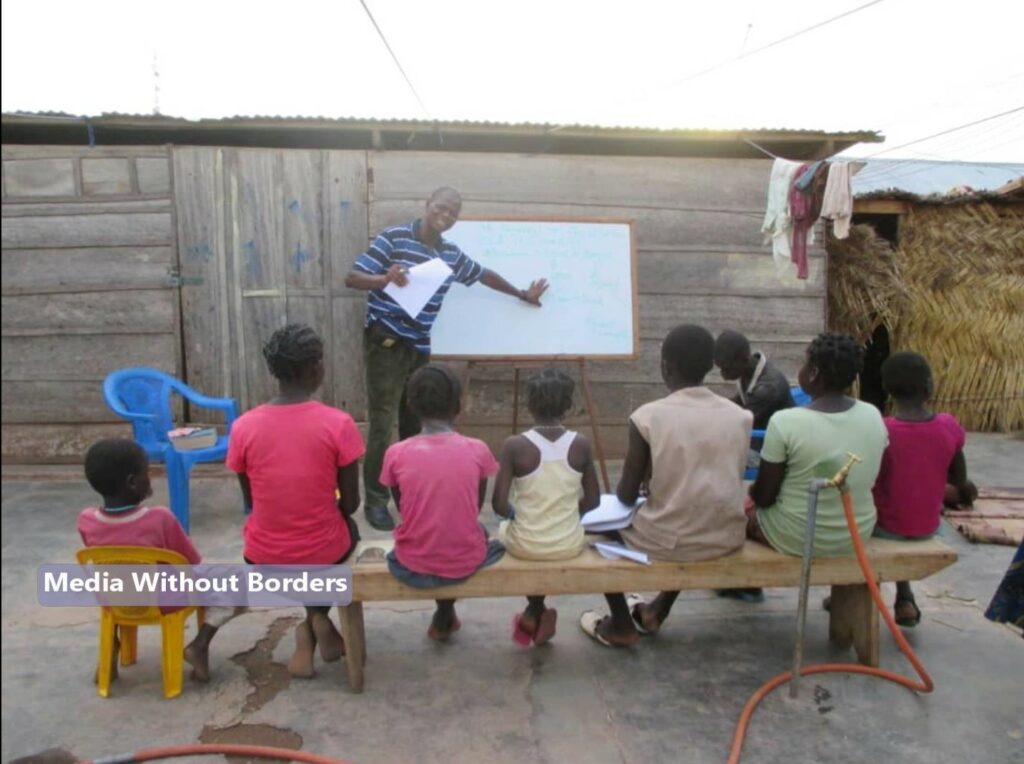
“On October 24, this year, we were in Zakpalsi, a community in the Mion District. We were doing some activities with the Ministry of Gender, Children and Social Protection there. We told the people that whenever such children were born in the community, if you cannot keep the children for any reason, go and give the children to the orphanage.
“But I must admit that our effort to reach out to those communities in terms of awareness creation has dwindled because, basically, it’s about us being able to resource ourselves to move to the communities. Because when you want to go to the communities, you need fuel to get there. And these days, it’s just not easy. Unfortunately, too, most of the NGOs are not in that area,” he stated.
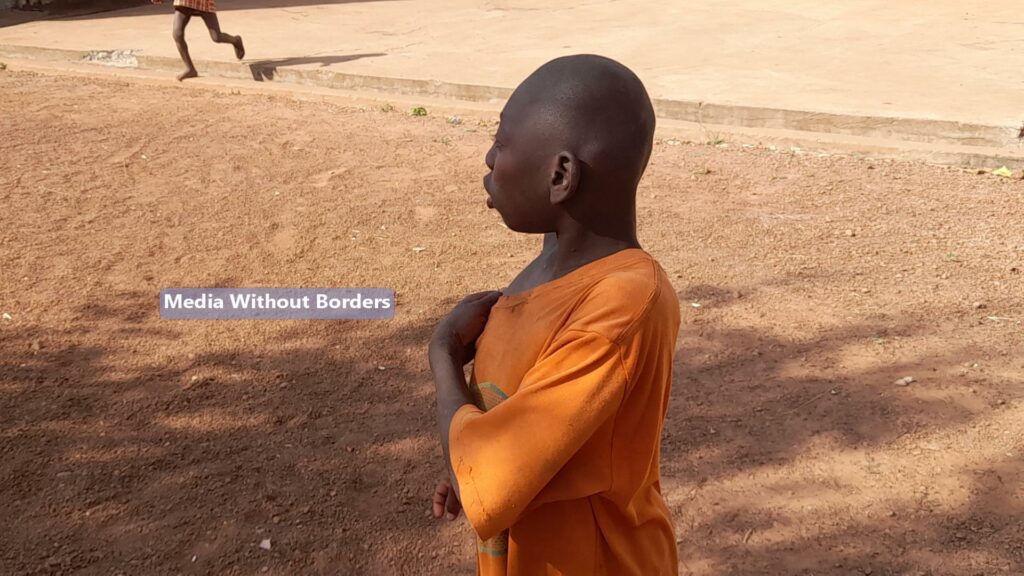

According to the regional director, apathy toward antenatal care among some women in the region is the main reason some babies are born with defects, tagged as “spirit children” and consequently killed.
“In as much as we are trying to prevent the killing, we are also looking at ways of preventing children from even being born deformed. Most of the women around that area don’t go for antenatal care. That is the cause of all that is happening. It is not any spiritual thing. It’s just that they get pregnant but they don’t go.
“Pregnant women are supposed to make a minimum of four antenatal care visits throughout the nine months. But these women don’t even visit. Some are also delivered in the house. They are still stuck to those olden ways of doing things,” he stressed.
He underscored the need for pregnant women to take their antenatal care visits more seriously in order to avoid the situations leading to the “unacceptable” tagging and killing of innocent children in their communities.
Similarly, health experts in the region explained that “regular” antenatal care checkups helped not only in reducing “maternal and neonatal mortality rates” but also in identifying and addressing congenital anomalies (birth defects) and other medical conditions in newborns.

Not every child is lucky to be rescued— Parent of a rescued “evil” child
Several parents who refused to have their children killed are happy today to see those children not only saved but also getting somewhere in life just like their contemporaries who are privileged, loved and generally accepted in their native communities.
But they cannot speak publicly against the practice with their names mentioned while they still reside in those communities for fear of attacks and sanctions.
“About a month after the baby was born with clubfoot, some men from the community came back to the house to issue a last warning that I should get rid of the child or face the wrath of the community. The anger on their faces and the tone of their voices showed that they meant what they said. Sometimes, if you don’t want the child to be killed, they give you an option to take the child out of the community. But in their hearts, they wish the child were killed instantly.
“Since they didn’t mention the date of their next call, I was not sure the child would see another day if I wasted more time. So, one dawn, I hid the baby under a piece of cloth on a donkey cart and rode the cart out of the house under the guise of heading to my farm. But I actually was heading out of the community to the orphanage at Mion. That is how the child has survived,” a father told Media Without Borders.

A father, whose child was branded as “a devil incarnate” and condemned to death because a finger was missing at birth, disclosed that not all rejected children were lucky to be rescued. Some children, he says, are killed and “nobody knows about it”.
“The positive development I see today in my child shows he was never an evil spirit,” said the mother of a child with Autism Spectrum Disorder (ASD). “But we can’t let him come home now to prove them wrong because some people in our communities still believe such children must not be allowed to live”.

At 9:42 a.m. on Friday, 29 December 2023, Media Without Borders placed a telephone call to the Minister for Gender, Children and Social Protection, Lariba Zuweira Abudu, for her comments on the abuses being meted out to children perceived as evil spirits in the country.
She did not answer the call herself. A male voice, who described himself as her personal assistant, picked up the phone, saying the ministry would do its background checks on the reported abuses and assign an official to “go and do the education”.
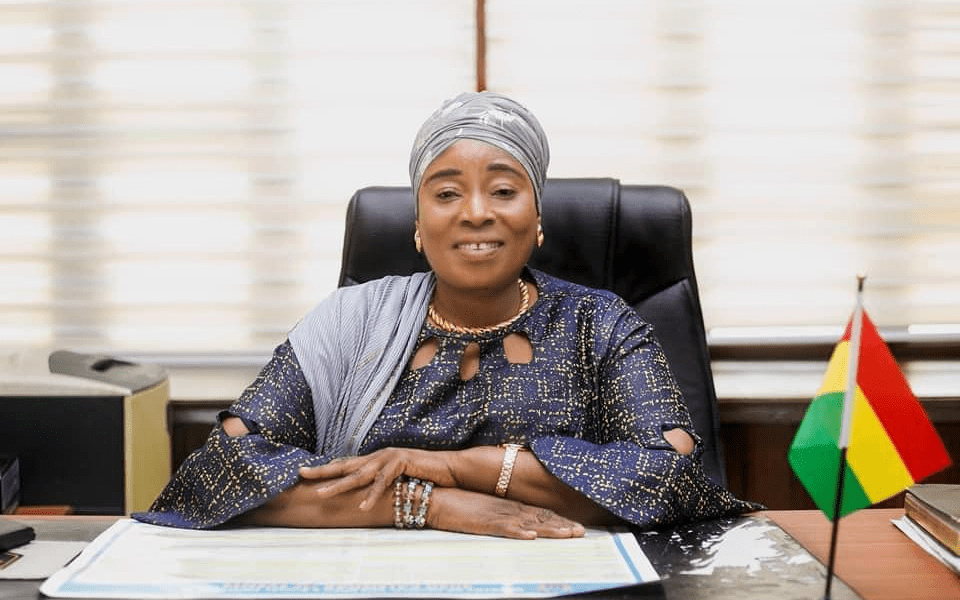
Before the author of this report took leave of the Mion District, the Catholic nun made the last appeal.
“I cannot stop the killing of the children in their communities. But I am trying to do my best to rescue them. Don’t kill them. Give them to us. We did not create a human being. How, then, can we take life?
“Even though we might not be able to make them walk, we might not be able to restructure them as they should be, at least we will love them and care for them and allow God’s will to happen in their lives,” she said, with two little boys by her side.

The boys are twins tagged as evil and rejected in their community, Saboba, because their mother died during their birth.
They were rescued as some people were planning to secure the services of a witch doctor to do away with them and brought to the sanctuary just six months ago.
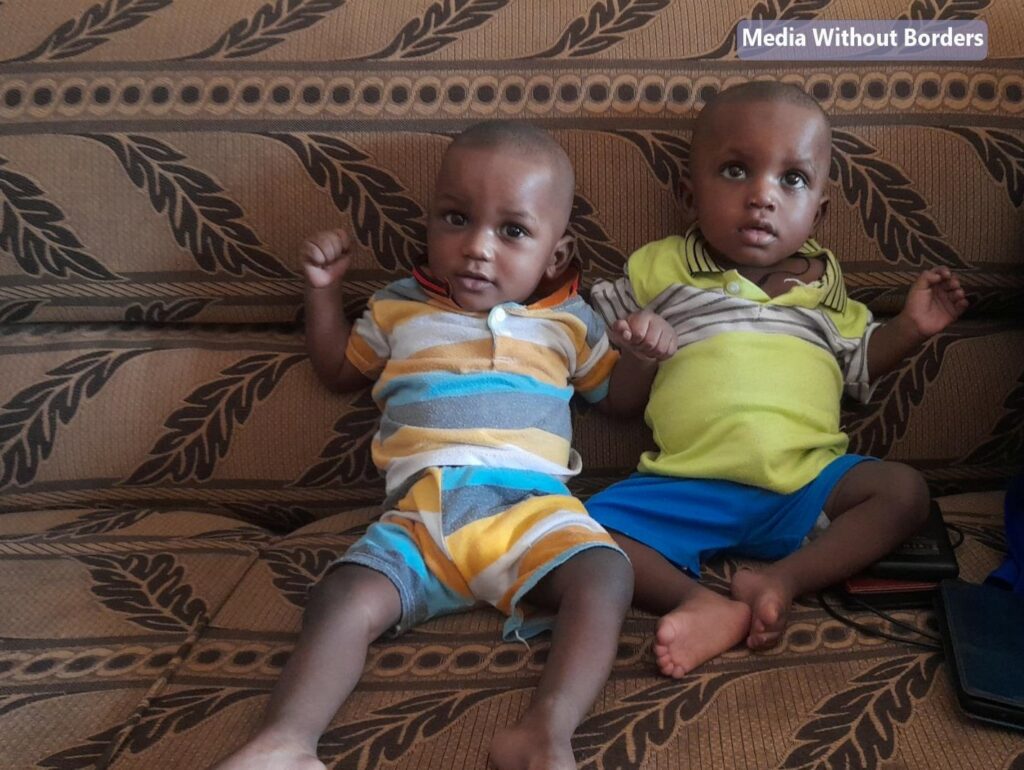
But very soon, the twins will no longer be the latest lucky survivors. This is because the home has received a fresh call that another child, who has just been rescued from execution, will join the sanctuary in January, 2024.
The ‘crime’ the baby ‘committed’ is yet unknown. But it will be revealed in the next story.
Source: Edward Adeti/Media Without Borders/mwbonline.org




